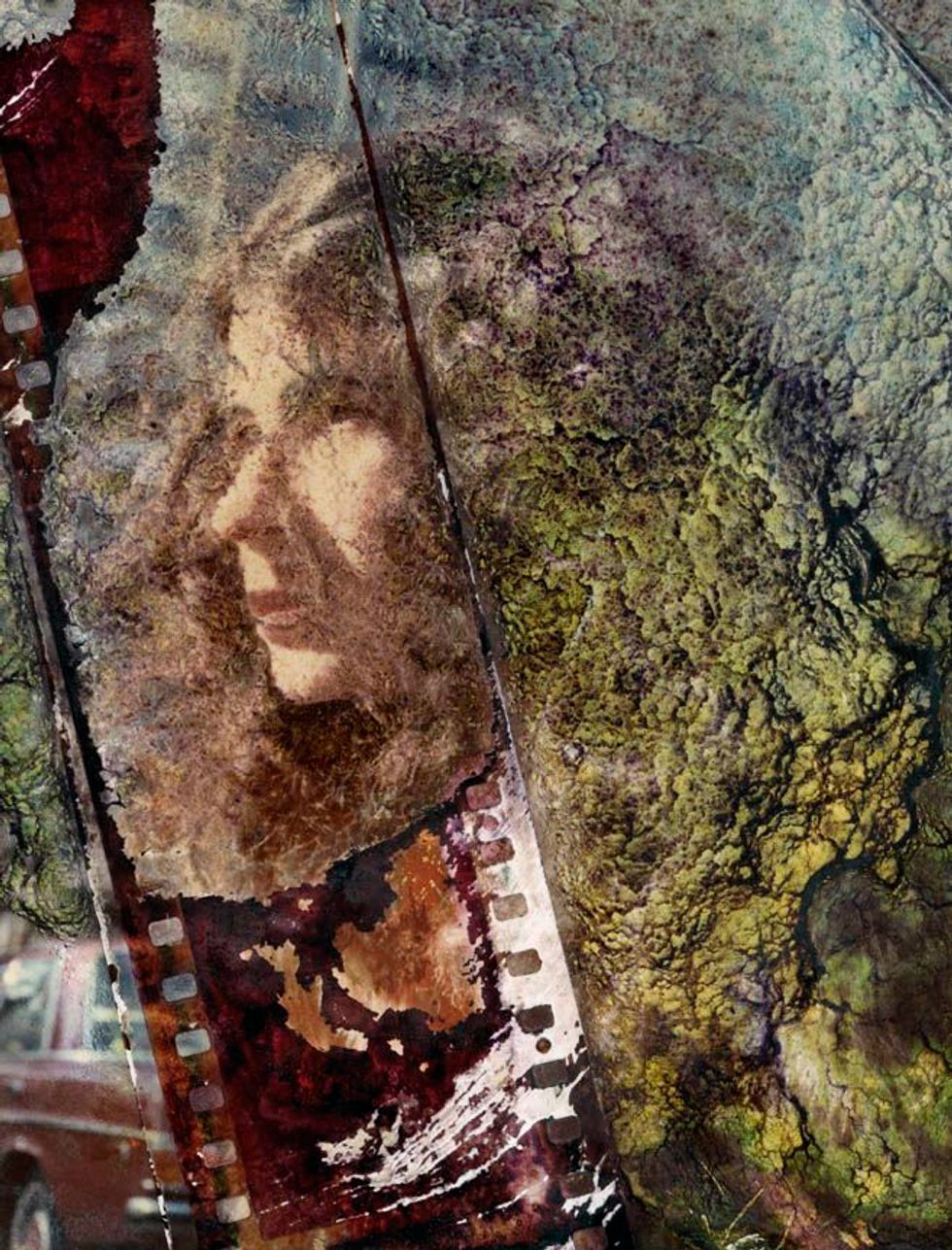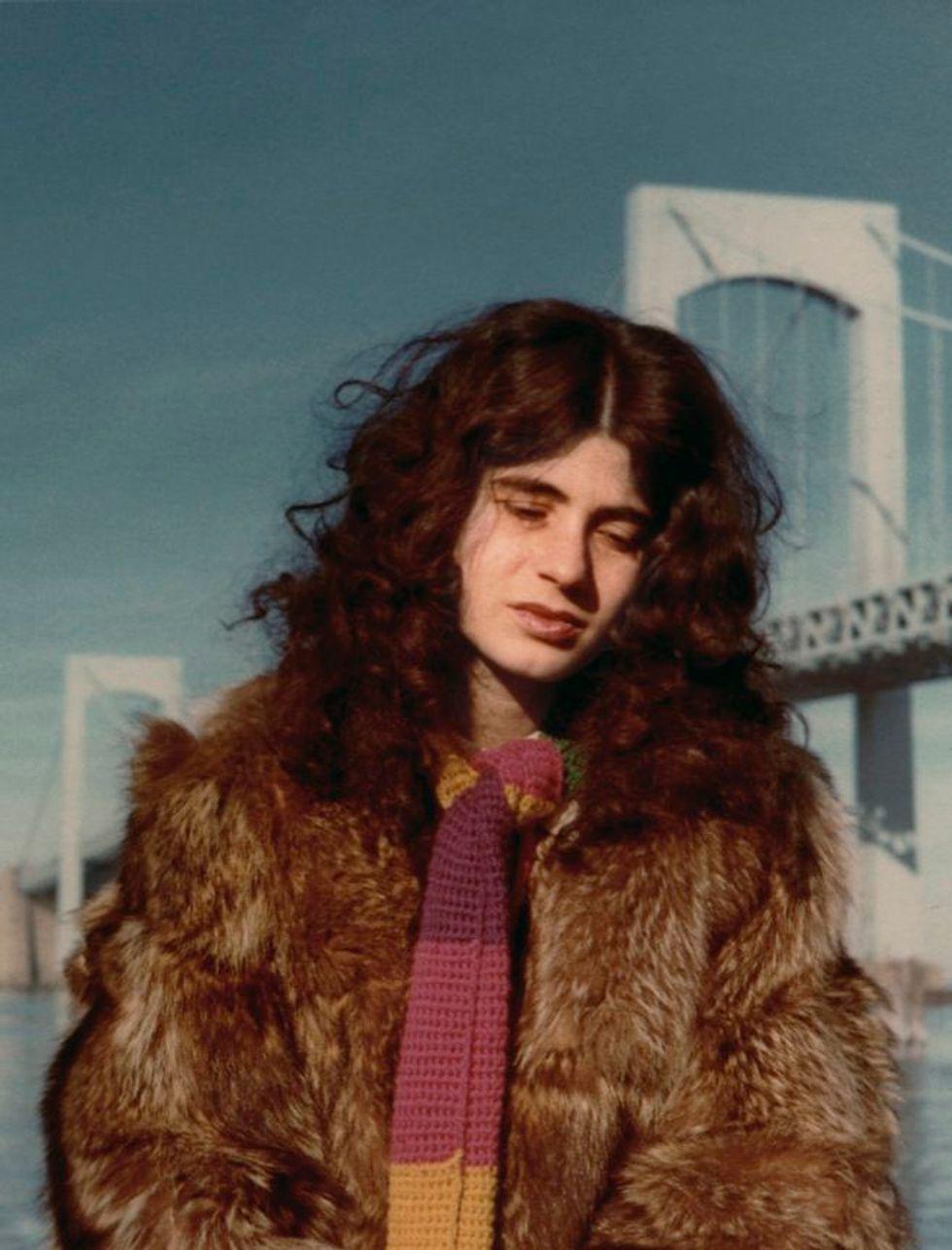This Thursday, New York-based photographer Joshua Lutz celebrates his current show and newly released monograph, Hesitating Beauty, at a reception and book signing event at Robert Koch Gallery. The show of Lutz family snapshots, personal pictures, family records, interviews and letters paints an intimate portrayal of Lutz’s struggle with his mother’s life-long mental illness. Here, Lutz speaks with us about how he approached the project and how photography allowed him to confront his fears about his own sanity.
When did you start writing Hesitating Beauty and why?
It was more of a natural progression. I never really sat down to do this thing in the way that it came out. I have been working on a project of sorts using my relationship with my mother for many years. It continued to evolve and morph as that relationship changed.
How did you come up with the name, Hesitating Beauty?
The title comes from a Woody Gutherie song. I had been working on two projects simultaneously: One on my family and another on Woody Guthrie. It was the fall of 2008, and I was thinking about what appeared to be the collapse of the economy, while reading this biography of Guthrie. I became interested in the idea that Guthrie was thinking about and writing about many of the things that I felt got us into this mess, only half a century prior. I started using his poems as jumping off points for making images. At some point in the biography, it became clear that he was suffering tremendously from mental illness. As it turns out, Guthrie and my mom were in the same hospital. The coincidence forced me to look at the space between the two projects, and they eventually collapsed on each other.
Did your mother’s illness inspire your passion for photography? If not, what did?
Maybe in some ways. On so many levels, it has allowed me as well as prevented me from being present to what is going on with her. In the beginning, when I first started to photograph her, I think it was in some way to prove that I wasn’t crazy. As long as I was on one side of the lens and not the other, then my proof would be the photographs. On anther level, photographing her was as simple as something to do. The monotony of being a caregiver is at times daunting. Having the camera meant that I could be "productive" even when I felt I wanted to be someplace else. Eventually it allowed me to be more present to her. Much of the work is about moving from a place of anger that I had for potentially inheriting this illness to a place of empathy and acceptance. Once I realized I probably wasn't going to get it, I was able to sit with these emotions and let go of wanting and grasping for a different scenario.
Why did you digitally manipulate some of the images for Hesitating Beauty?
If I have an idea for an image, it is not important how I got there. I am generally looking for the cleanest solution. If it means moving something before clicking the shutter or altering it after the picture was taken, it is not important to me because I don’t think photography does the thing we think it does. It is some indication of a document of sorts, but as far as truth goes, it is actually really quite bad at conveying it. The power in photographs comes from what we as viewers bring to the image, what our belief system is, and how that informs our understanding of the photograph.
What was the hardest part of producing Hesitating Beauty?
So much of producing that work is entwined with the experiences I was having with my mother at the time. That being said the hardest part was letting go of what my expectations were for the situation. There was a lot of grasping and hoping for different outcomes. Once that was gone, a small glimpse of clarity emerged, and I worked on transitioning that to the book.
Opening reception and book signing from 5:30 – 7:30 p.m. on Thurs. 7/11; “Hesitating Beauty” runs from through Sat. 8/24 at Robert Koch Gallery, 49 Geary Street.
In conjunction with “Hesitating Beauty,” the Robert Koch Gallery is featuring a group-exhibition titled “Identity: Psychological Portraiture,” which features the work of Delany Allen, Roger Ballen, Ralph Eugene Meatyard, Dita Pepe, and Jan Saudek.































